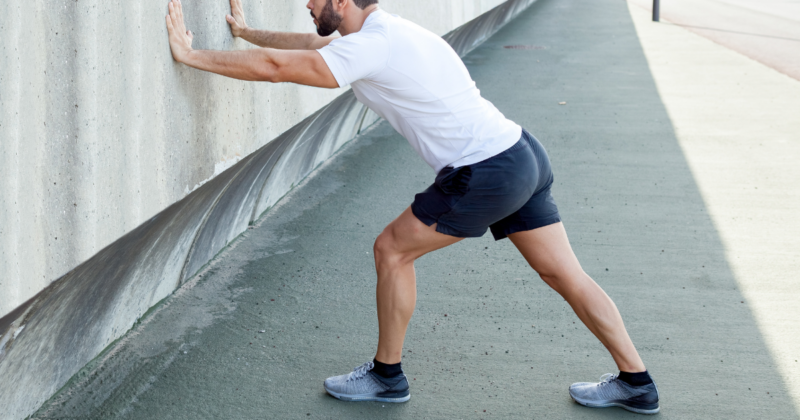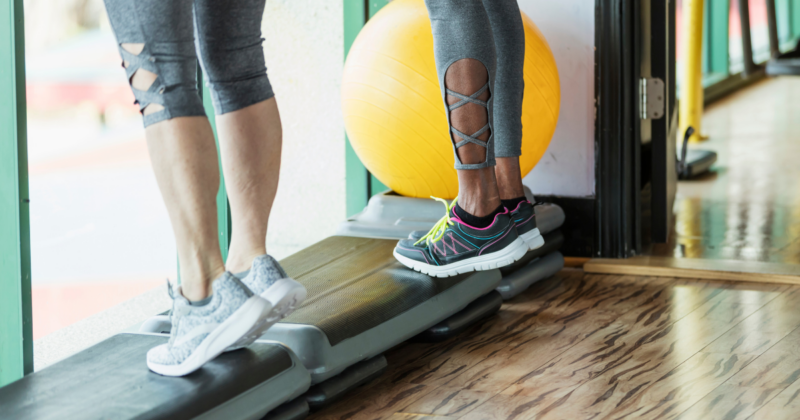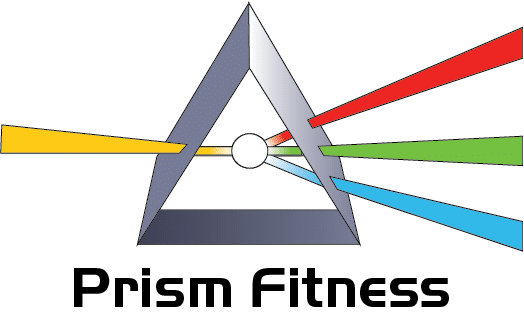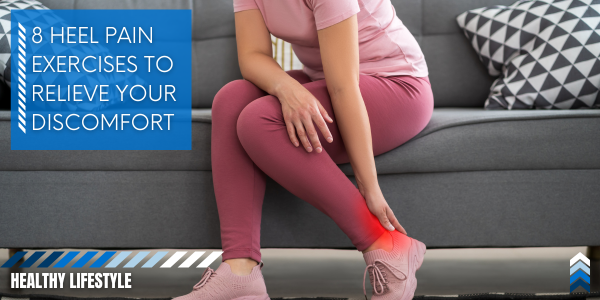Do you find yourself wincing with each step, the familiar ache in your heels holding you back from reaching your full potential in training or daily activities? Heel pain, a prevalent discomfort often overlooked or underestimated, can stem from various sources. Whether it’s from overuse during intense workouts, wearing improper footwear, or battling conditions like plantar fasciitis, this nagging soreness can be a real hindrance to staying active and feeling your best. For athletes pushing their limits, fitness enthusiasts craving that endorphin rush, or individuals simply trying to navigate through their day pain-free, incorporating simple exercises into their routine could be the key to unlocking relief. In this guide, we have 8 targeted heel pain exercises designed to alleviate discomfort and restore mobility.
By learning how these exercises can benefit not only your physical well-being but also your mental outlook. Take the first steps, let’s lace up your shoes and embark on this journey towards happier, healthier heels!
Stretches to Loosen Tight Calves
When it comes to heel pain, tight calf muscles can often be a major culprit. The calves play a significant role in how weight is distributed across our feet while walking or running. This directly impacts the pressure exerted on our heels. Stretching these muscles can help relieve tension and reduce strain on the heels, making it an essential part of any routine for heel pain exercises.
To effectively loosen tight calves, start by finding a wall to support yourself. Step the left foot forward and place the right foot behind. Bend the front knee while keeping the back leg straight. Lean forward into a gentle stretch in the calf of your back right leg. Hold this position for 20-30 seconds and then switch legs. Repeat this stretch multiple times throughout the day to help increase flexibility and reduce tightness in the calves.

Regularly stretching your calves not only helps alleviate immediate discomfort but also contributes to long-term heel health. By increasing flexibility in these muscles, you can prevent excessive strain on the plantar fascia and heel bone, reducing the likelihood of developing conditions like plantar fasciitis. Remember, consistency is key when it comes calf stretches – aim to incorporate these easy exercises into your daily routine for lasting relief and improved comfort during physical activities.
Strengthening Exercises for Plantar Fascia
When it comes to combating the discomfort of plantar fasciitis pain, strengthening exercises play a crucial role in improving foot function and reducing pain. These exercises specifically target the plantar fascia, the band of tissue that connects the heel bone to the toes and often becomes inflamed in conditions like plantar fasciitis.
By strengthening this area, you can increase its resilience and support, ultimately alleviating heel pain. One simple yet effective exercise is toe curls where you sit barefoot, place a towel under your feet, and scrunch your toes to pull the towel closer – this helps strengthen the arch of your foot, supporting the plantar fascia.
Another beneficial exercise for plantar fasciitis is marble pickups. This activity involves picking up marbles with your toes, which not only strengthens the small muscles in your feet but also improves overall balance and stability. It’s essential to perform these exercises regularly and consistently to see significant improvement in plantar fasciitis symptoms over time. Additionally, maintaining proper form during these exercises is key to ensuring that you are targeting the right areas effectively.
To maintain proper form during strengthening exercises for the plantar fascia, focus on engaging your toes, arches, and calves while performing each movement. Avoid any jerky or sudden movements that could strain the muscles further. Remember to listen to your body. If you experience any sharp pain or discomfort beyond normal stretching sensations, pause and reassess your technique. And consult your primary healthcare professional or physical therapist.
Heel Raises for Stability and Support
Heel raises are not just about toning calves. They play a vital role in enhancing stability and support for your heels. By strengthening the muscles around the ankles and bottom of your feet, you can improve balance and reduce the strain on your heels during various activities. Imagine each heel raise as a mini-sculpting session for your foot’s foundation.
For individuals at different fitness levels, there are various ways to incorporate heel raises into their routines. Beginners can start with standing heel raises using a sturdy surface for support. More advanced athletes might explore single-leg variations or adding weights for an extra challenge. These progressions allow you to tailor the exercise to your current abilities while gradually building strength to better support your heels over time.

Consistency is key when it comes to reaping the benefits of heel raises. Practicing heel raises regularly is a good idea. It can significantly enhance the stability and support your heels need. Consider integrating them into your warm-up routine before workouts or even doing a few sets while waiting for your morning coffee to brew. Small, consistent efforts add up and contribute to long-term relief for your heel discomfort through improved stability and muscle strength.
Rolling Techniques for Pain Relief
When it comes to easing heel pain, rolling techniques can be a game-changer. By incorporating tools like a foam roller, massage ball, or even a tennis ball, into your routine, you can target the tight muscles and fascia that contribute to discomfort in your heels. Imagine these tools as personal masseuses working out the kinks and tension in the bottom of your foot after a long day of activity. This self-massage approach not only feels good but also helps improve blood flow and flexibility in the affected areas while reducing foot pain.
To roll effectively, start by applying gentle pressure on the roller or ball underneath your affected foot. Slowly move back and forth, focusing on areas that feel particularly sore or tight. Remember, the goal here is not intense pain but a comfortable release of tension. Think of it as giving your feet some well-deserved TLC. By including rolling techniques in your heel pain relief regimen, you are promoting circulation and mobility, which are crucial for healing and preventing further discomfort.
Whether you choose a textured massage ball or a smooth foam roller, these tools can complement your stretching and strengthening exercises by providing targeted relief to specific points of tension. Consistency is key – aim to incorporate rolling into your daily routine to experience lasting benefits. Celebrate small victories along the way as you notice improvements in how your heels feel during daily activities or workouts.
Toe Stretches to Alleviate Pressure
Flexibility in your toes plays a crucial role in easing the discomfort in the bottom of the foot. Tight toe muscles can contribute to heel pain, making it essential to incorporate toe stretching exercises into your routine. By enhancing the flexibility of your toes, you can reduce the strain on your feet and alleviate pressure on your heels.
Various toe stretching exercises offer unique benefits in relieving heel discomfort. Simple movements like toe curls and toe extensions can help stretch and strengthen the muscles that support your arches. This promotes better alignment and reduces strain on your heels. Additionally, exercises like marble pickups with your toes or using resistance bands can improve flexibility and enhance blood circulation in the feet, aiding in overall foot health.
Regularly including toe stretches in your exercise regimen is key to maintaining healthy feet and preventing heel pain. Just like any muscle group, focusing on toe flexibility through targeted stretches can significantly impact your overall foot function. Make toe stretches a priority in your daily routine to support your foot health comprehensively.
Ice Massage Therapy for Inflammation
Dealing with heel pain often involves managing inflammation, and ice massage therapy can be a valuable tool in this regard. The application of cold helps to reduce swelling and numbs the area to alleviate discomfort. After a long day of running or working out, giving your heels some icy TLC can make a significant difference in your pain levels.
To perform an ice massage at home, simply use a frozen water bottle or use a specialized ice cup roller. Once frozen, place it on the floor. Gently roll your bare foot over the ice for about 10-15 minutes, focusing on the areas that feel most inflamed. Make sure not to press too hard; the goal is to provide soothing relief rather than cause additional discomfort.
While ice massage can be incredibly effective in reducing inflammation and soothing heel pain, it’s crucial to take some precautions. Never apply ice directly to the skin; always use a barrier like a thin towel or cloth to prevent frostbite. Limit each session to 15-20 minutes to avoid potential tissue damage from excessive cold exposure. Consistency is key – aim for daily sessions to experience ongoing relief and better manage any lingering inflammation affecting your heels.
Here are all 8 Heel Pain Exercises:
- Gentle wall calf stretch
- Toe curls
- Toe marble pickups
- Heel raises
- Smooth foam roller (Here’s our favorite foam roller)
- Textured massage ball
- Toe extensions
- Ice massage
Consistency is Key – Taking Care of Your Heels Daily
Incorporating the 8 heel pain exercises into your daily routine is key to relieving discomfort and maintaining healthy feet. Consistency is vital in seeing progress, so make these exercises a regular part of your day to experience lasting relief. Remember, consistency and patience are key. Results may not be immediate, but with dedication and perseverance, you can alleviate heel pain effectively.
By dedicating time each day to stretching, strengthening, and providing support to your heels, you’re investing in the health and well-being of your feet. Stay committed to these exercises! Your heels will thank you with improved flexibility, reduced inflammation, enhanced stability, and ultimately less pain. Keep up the good work and prioritize self-care for your hard-working feet!





